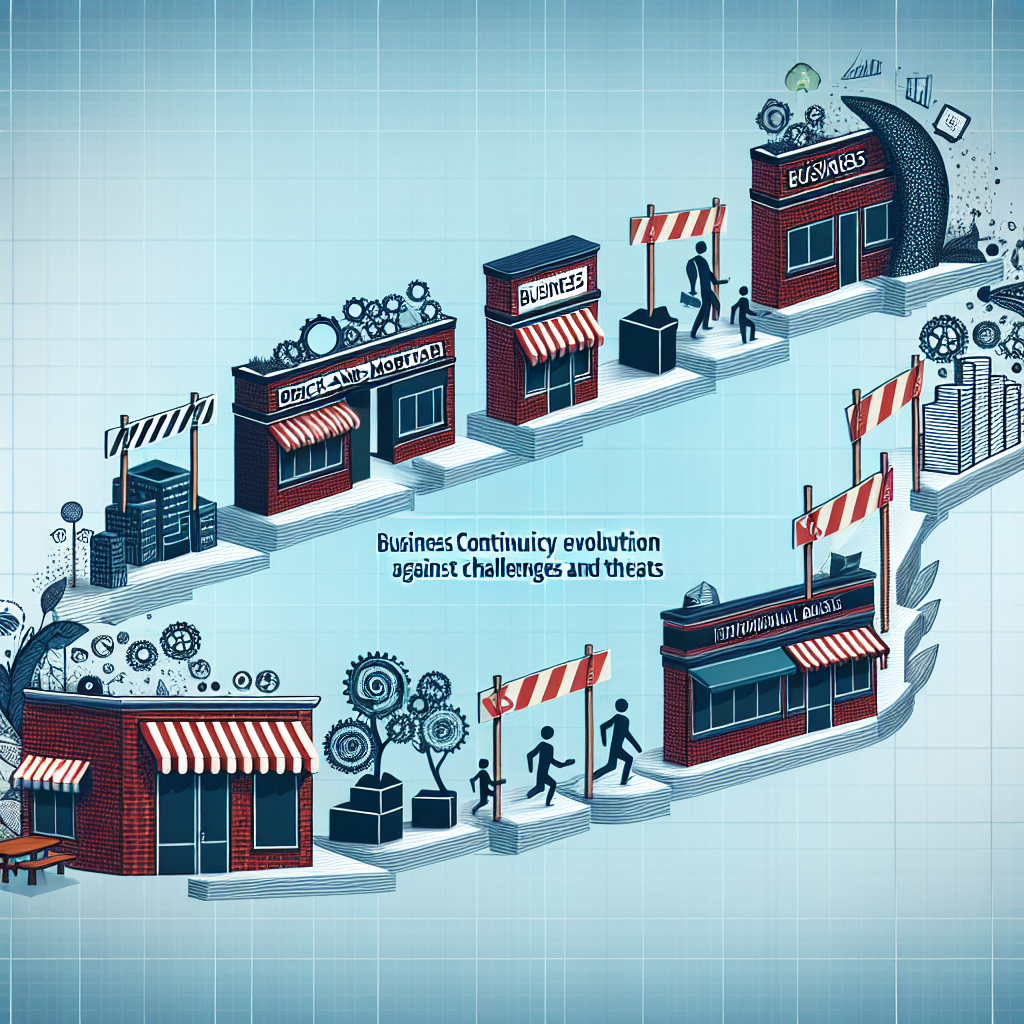Your cart is currently empty!
The Evolution of Business Continuity: Adapting to New Challenges and Threats

Business continuity has always been a crucial aspect of running a successful organization. However, in recent years, the landscape of business continuity has evolved significantly due to the emergence of new challenges and threats. From natural disasters to cyber attacks, businesses are facing a wide range of risks that can disrupt their operations and threaten their survival. As a result, businesses must adapt and evolve their business continuity strategies to effectively mitigate these new threats.
One of the key factors driving the evolution of business continuity is the increasing frequency and severity of natural disasters. Climate change has led to more frequent and extreme weather events, such as hurricanes, wildfires, and floods. These disasters can cause widespread damage to infrastructure, disrupt supply chains, and force businesses to shut down operations. In response, businesses are investing in robust disaster recovery plans, backup systems, and alternative workspaces to ensure they can continue operating in the face of a natural disaster.
Another major threat facing businesses today is cyber attacks. With the rise of digitalization and the widespread use of technology in business operations, cyber attacks have become a significant risk for organizations of all sizes. Hackers are constantly evolving their tactics and targeting businesses with sophisticated malware, ransomware, and phishing attacks. To combat this threat, businesses are implementing cybersecurity measures such as firewalls, encryption, and employee training to prevent and respond to cyber attacks effectively.
In addition to natural disasters and cyber attacks, businesses are also facing new challenges such as pandemics and political unrest. The COVID-19 pandemic, in particular, has highlighted the importance of having a flexible and adaptable business continuity plan. Many businesses were caught off guard by the sudden shift to remote work and the disruption to supply chains caused by the pandemic. Moving forward, businesses are reassessing their continuity plans to ensure they can quickly pivot and respond to unforeseen events.
Overall, the evolution of business continuity is driven by the ever-changing landscape of risks and threats facing businesses today. To effectively adapt to these new challenges, businesses must invest in robust continuity plans, regularly test and update these plans, and prioritize resilience and flexibility in their operations. By staying ahead of emerging threats and continuously improving their business continuity strategies, businesses can ensure they are prepared to weather any storm and thrive in an increasingly volatile and uncertain world.

Leave a Reply